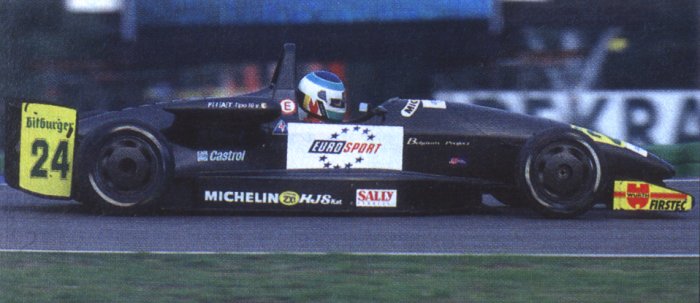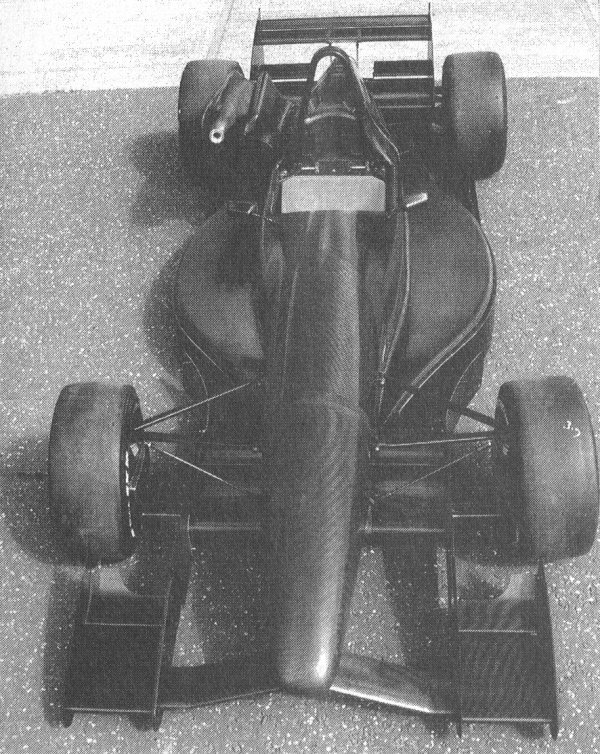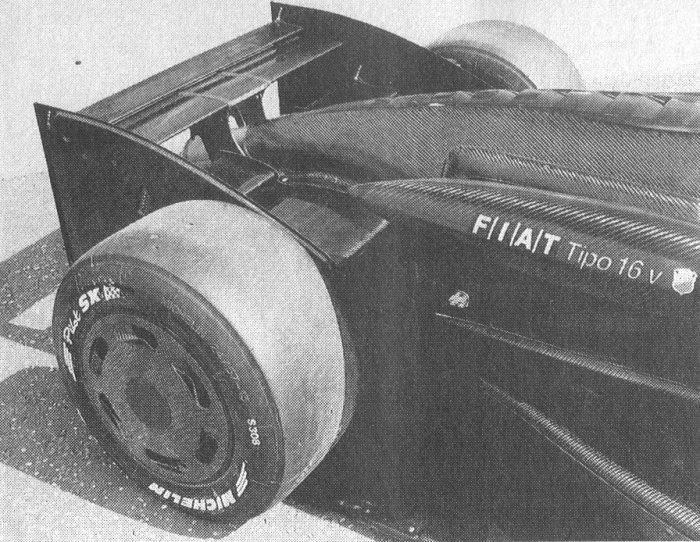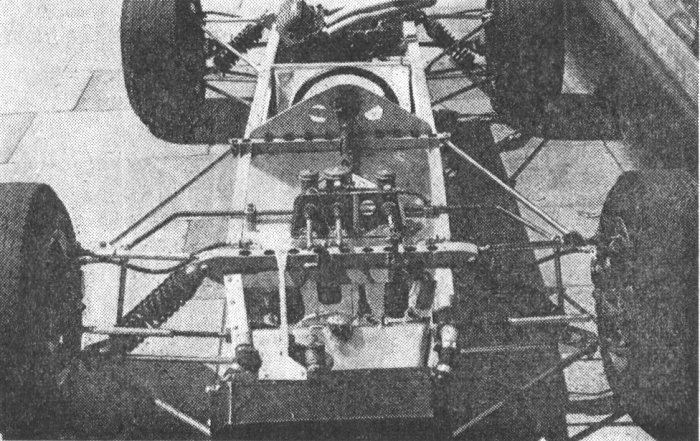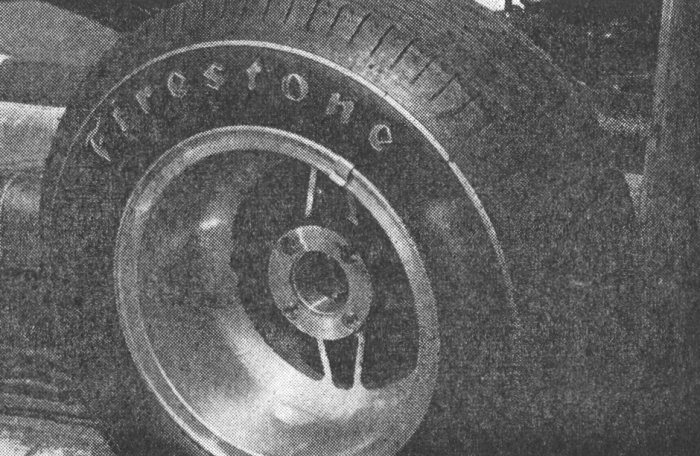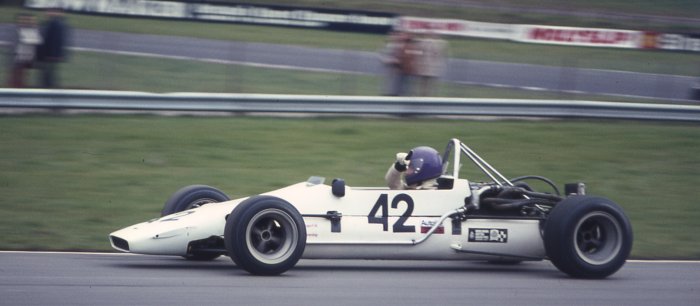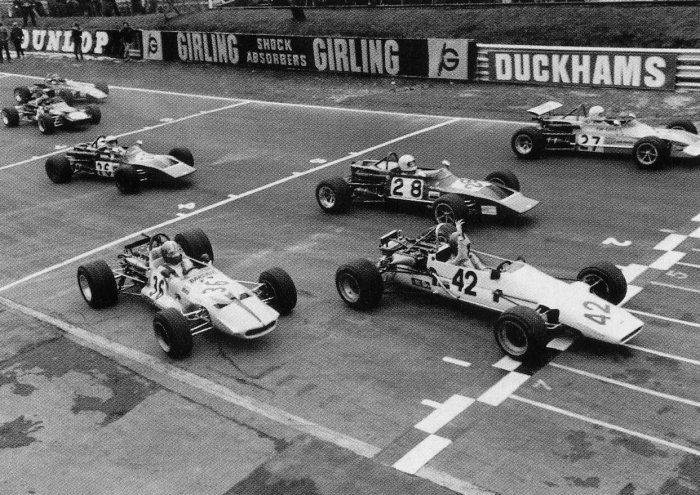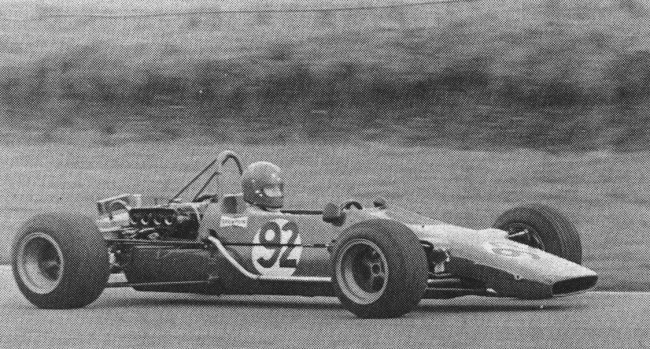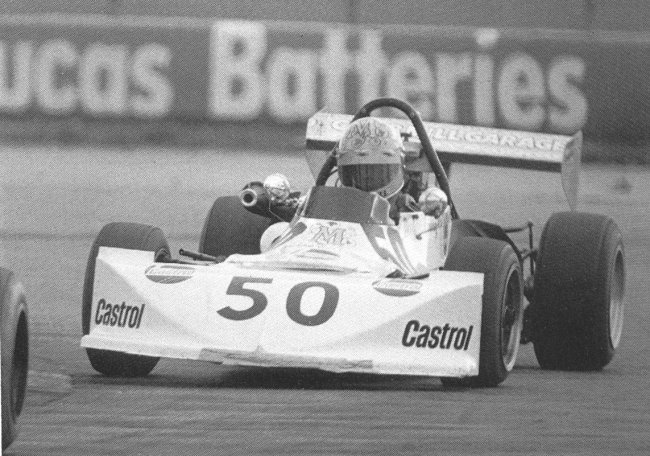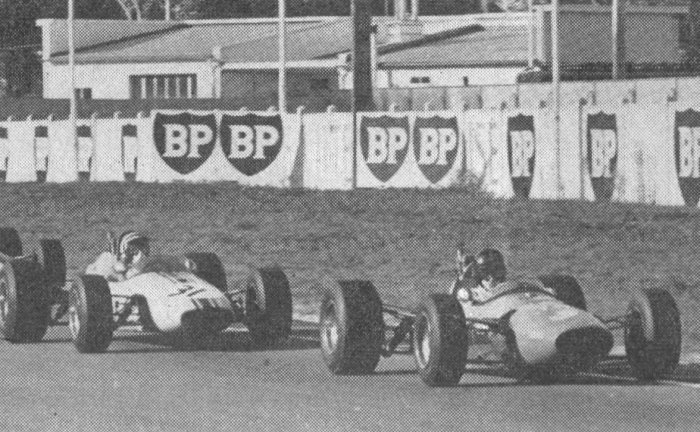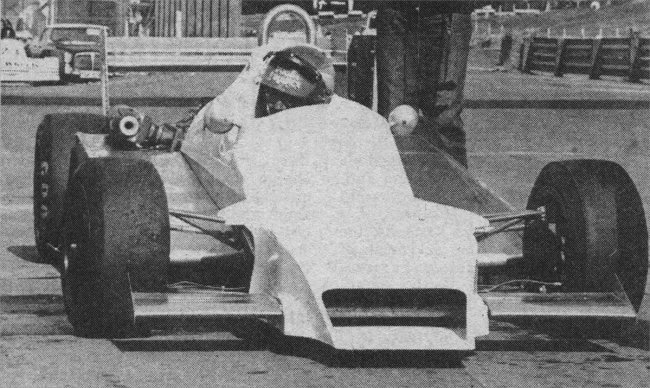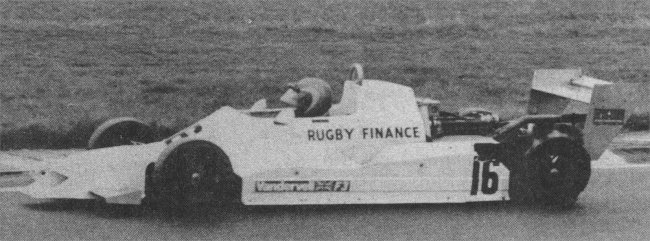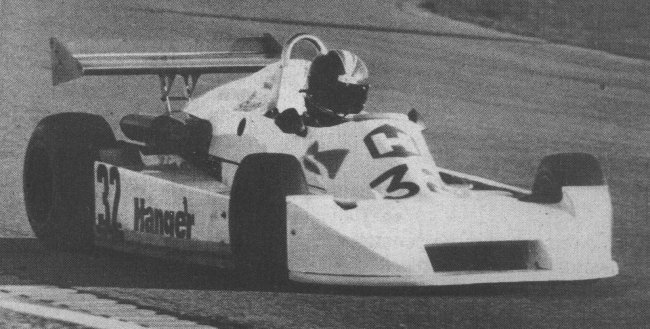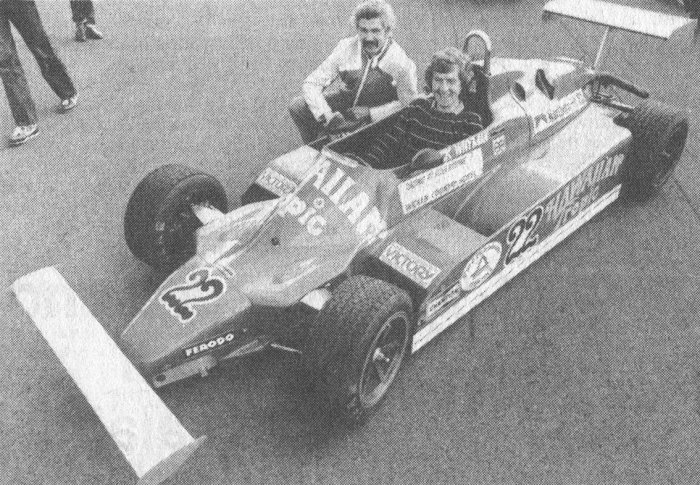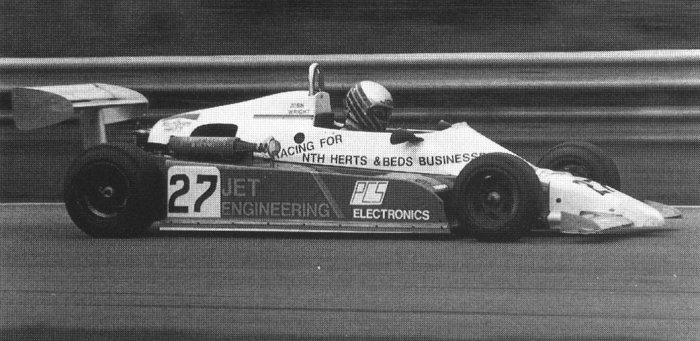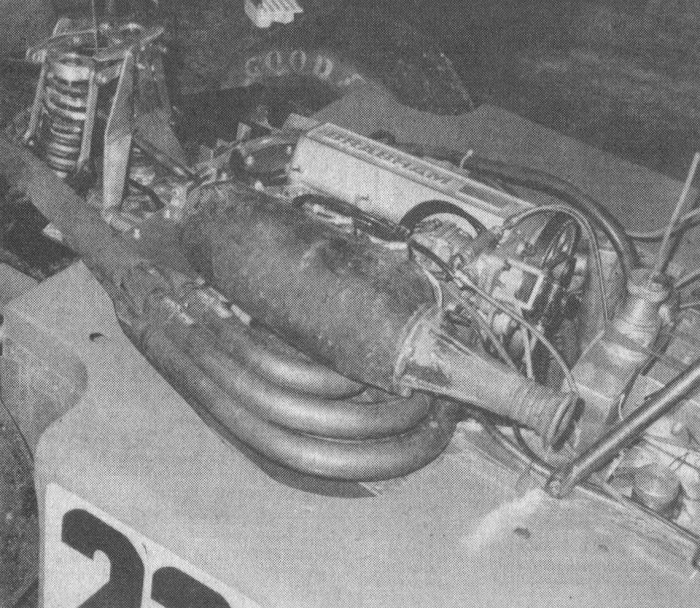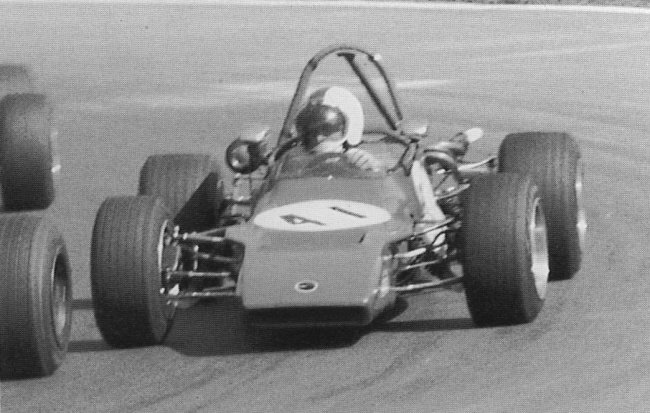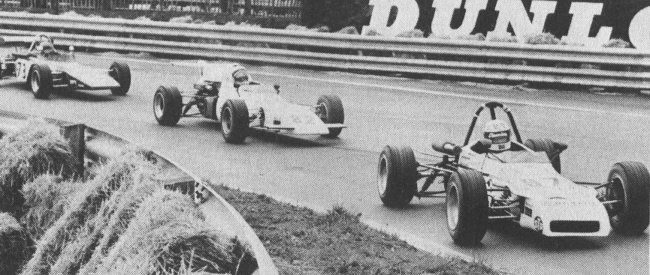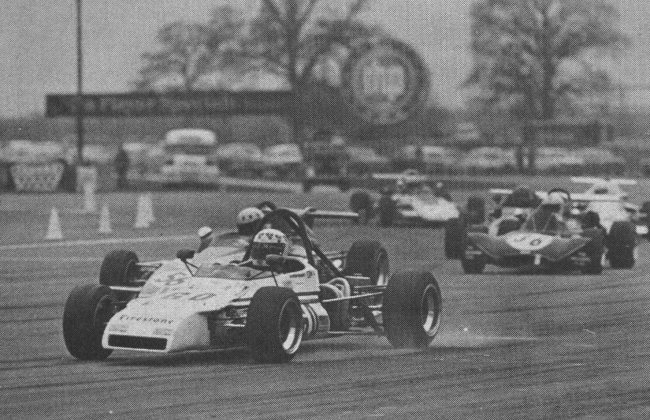1994
Pilette Cars produced the Martin Ogilvie designed Fiat-powered Pilette PWT 94C in June of 1994.Ogilvie has previously been responsible for the controversial twin-chassis Lotus 88 F1 car and this new design was meant to combine high downforce with low drag. It certainly looked different with its unique front and rear wing design. It seems that the chassis was effectively the Ralt 94C that had been raced briefly at the beginning of the year in the British F3 Championship. The fact that it had been withdrawn due to its lack of performance did not bode well for the Pilette. Early reports of the Pilette’s testing indicated it was a very wayward beast indeed. Entered by Pilette Speed Tradition in the 1994 German F3 Championship the car sadly didn’t continue the family tradition for speed as it was very much a back of the grid machine in the handful of races it competed in. At its first race at Hockenheim Jeremy Dufour walked out from the team in disgust when it was eight seconds off the pace. At the end of the year the Pilette name vanished from the scene.
Drivers
1994 Paolo Coloni, Dirk Müller.

